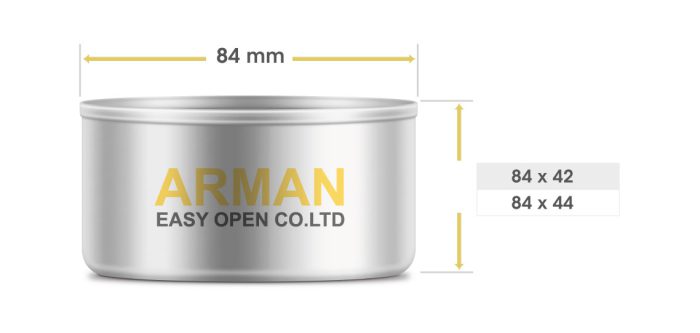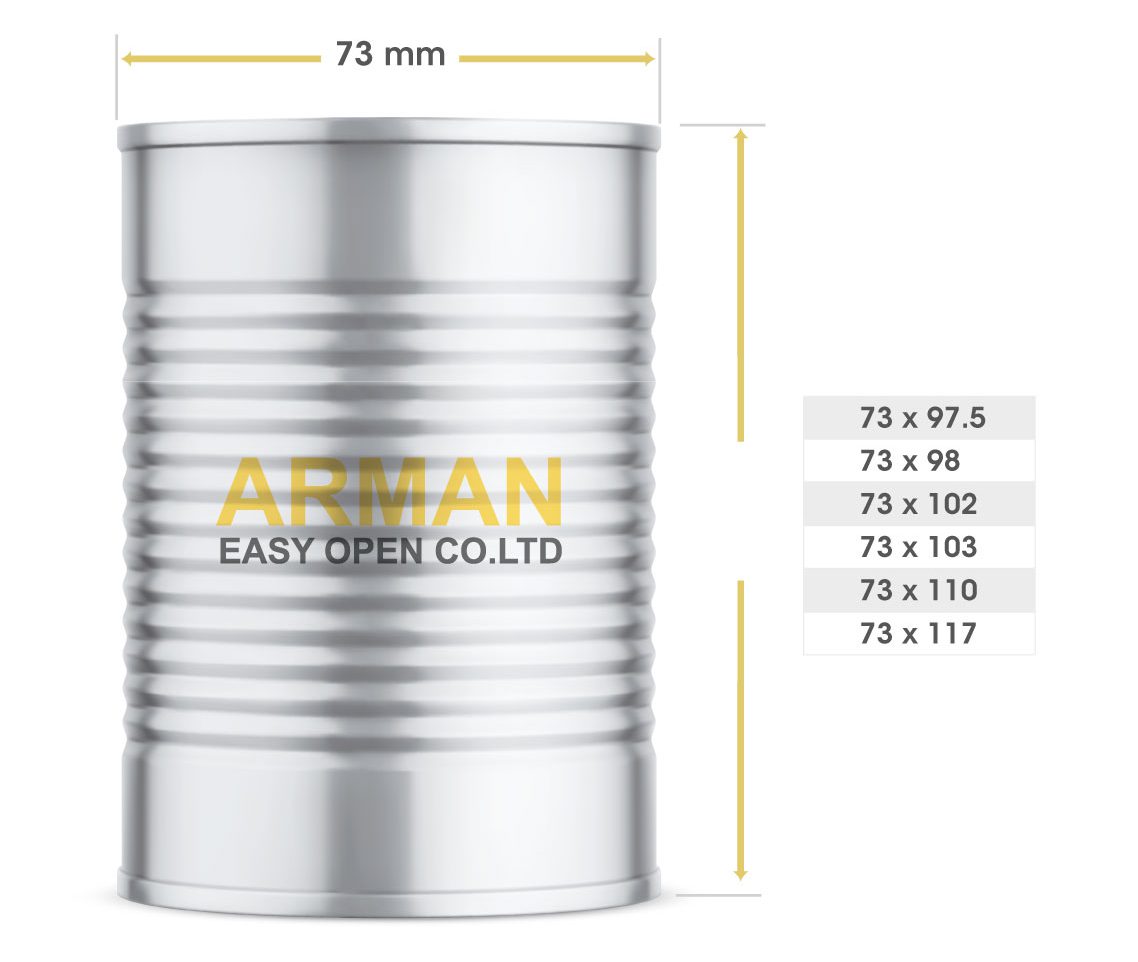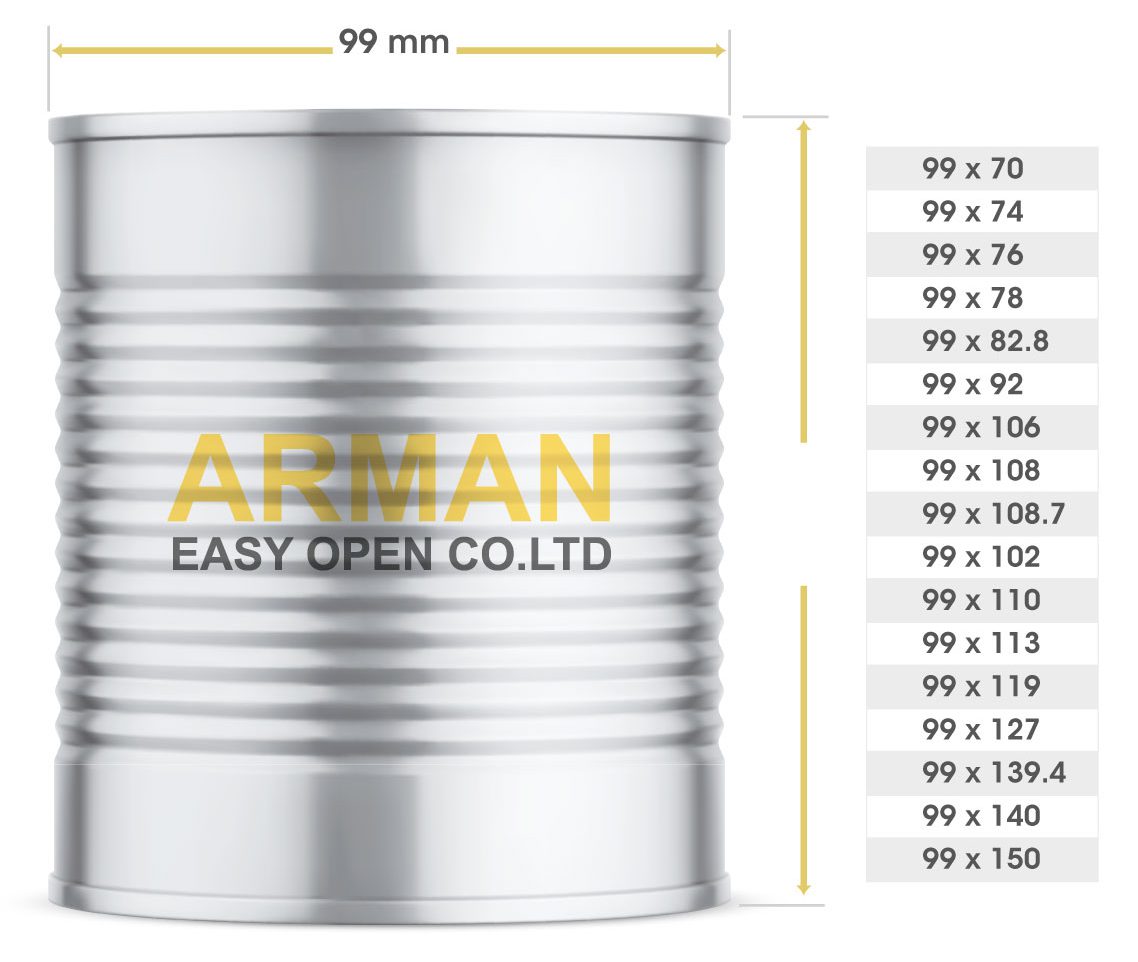Packaging & Printing
Packaging and printing are critical aspects of product presentation, protection, and communication. Here are key points about packaging and printing:
Packaging:
1. Protection: Packaging serves to protect products from damage, contamination, and environmental factors during storage and transportation.
2. Identification: Packaging provides a means for identifying and distinguishing products. It often includes labels, barcodes, and branding elements.
3. Preservation: Certain packaging materials help extend the shelf life of perishable goods by providing a barrier against moisture, air, and light.
4. Information: Packaging conveys essential information such as product details, usage instructions, nutritional facts, and safety warnings.
5. Marketing: Well-designed packaging can enhance the visual appeal of products, attract consumers, and contribute to branding and marketing strategies.
6. Sustainability: There is an increasing focus on environmentally friendly and sustainable packaging solutions to reduce waste and environmental impact.
7. Functionality: Packaging is designed for ease of use, storage efficiency, and convenience for consumers.
Metal packaging refers to containers and packaging materials made primarily from metal, such as aluminum or steel. These materials are widely used for packaging various products due to their durability, strength, and protective qualities. Metal packaging is commonly employed for food and beverage products, as well as pharmaceuticals, cosmetics, and certain industrial goods. It provides a barrier against light, air, and moisture, helping to preserve the quality and freshness of the packaged items. Examples of metal packaging include aluminum cans, steel cans, and metal lids on glass jars.
Creating effective marketing packaging involves combining attractive design, clear messaging, and practical functionality to engage customers. Consider your target audience, use eye-catching visuals, and ensure the packaging reflects your brand identity. Additionally, highlight key product features and benefits prominently.
Printing in advertising remains a powerful tool for delivering tangible marketing materials. From brochures and flyers to posters and business cards, print advertising allows for targeted distribution and a lasting physical presence. Quality design, compelling content, and choosing the right printing techniques contribute to effective printed advertising campaigns.

Effective packaging design is crucial for attracting customers and conveying brand identity. Consider these elements:
1. Branding: Ensure your packaging aligns with your brand, using consistent colors, fonts, and logos.
2. Clarity: Communicate essential information clearly, including product name, key features, and usage instructions.
3. Visual Appeal: Use eye-catching visuals to grab attention. High-quality images and unique designs can make your product stand out on shelves.
4. Functionality: Ensure the packaging is practical and protects the product. User-friendly features, like easy opening and reasonable options, can enhance the customer experience.
5. Target Audience: Tailor your design to resonate with your specific target demographic. Understand their preferences and incorporate elements that appeal to them.
6. Sustainability: Consider eco-friendly materials and communicate your commitment to sustainability. This aligns with growing consumer preferences for environmentally conscious choices.
7. Differentiation: Stand out from competitors by offering a distinctive design. Analyze the market to identify gaps and opportunities for uniqueness.
8. Storytelling: Use the packaging to tell a story about your brand or product. Engage customers emotionally and create a connection.
Remember, the goal is to create a package that not only protects the product but also serves as a silent salesman, enticing customers to choose your product over others.
Security printing involves incorporating specialized features in printed materials to deter counterfeiting and ensure authenticity. Common techniques include:
1. Holograms: Using holographic images or foils can make it difficult for counterfeiters to replicate.
2. Watermarks: Embedding watermarks in the paper or substrate adds an extra layer of security.
3. Micro printing: Tiny text or patterns that are difficult to reproduce accurately without high-resolution printing equipment.
4. Color-Shifting Inks: Inks that change color when viewed from different angles can be a distinctive security feature.
5. UV Printing: Elements visible only under ultraviolet light provide an additional layer of security.
6. Security Threads or Fibers: Embedding threads or fibers into the paper adds a physical feature that is hard to replicate.
7. Tamper-Evident Features: Seals, labels, or inks that reveal if the packaging or document has been tampered with.
8. QR Codes or Barcodes: Including unique codes that can be verified electronically for authenticity.
Security printing is crucial for sensitive documents, certificates, banknotes, and high-value products where counterfeiting is a significant concern. The combination of multiple security features enhances overall effectiveness.
Incorporating branding into printed materials is essential for creating a cohesive and recognizable identity. Here are key considerations for printing branding:
1. Consistent Visual Elements: Maintain consistency in your brand's colors, fonts, logos, and imagery across all printed materials. This builds a unified and easily recognizable brand image.
2. Logo Placement: Ensure your logo is prominently placed and easily visible. It should be scaled appropriately for the size of the printed material.
3. Typography: Choose fonts that align with your brand's personality and are easy to read. Consistent typography helps in reinforcing your brand's visual identity.
4. Color Accuracy: Ensure that printed colors match your brand's color palette accurately. Consistent color reproduction is vital for brand recognition.
5. High-Quality Printing: Invest in high-quality printing to maintain the integrity of your brand's visual elements. This includes using quality paper or materials.
6. Unique Design Elements: Integrate unique design elements that are associated with your brand. This could be a specific pattern, graphic style, or any visual element that sets your brand apart.
7. Messaging Alignment: Ensure that the messaging on printed materials aligns with your brand's tone and values. Consistency in voice reinforces brand authenticity.
8. Target Audience Consideration: Tailor your design to resonate with your target audience. Understanding their preferences helps in creating printed materials that appeal to them.
_1710863428.jpg)
Whether it's business cards, brochures, packaging, or other printed collateral, a strong and consistent branding strategy ensures that your materials effectively represent your brand to your audience.
2. Identification: Packaging provides a means for identifying and distinguishing products. It often includes labels, barcodes, and branding elements.
3. Preservation: Certain packaging materials help extend the shelf life of perishable goods by providing a barrier against moisture, air, and light.
4. Information: Packaging conveys essential information such as product details, usage instructions, nutritional facts, and safety warnings.
5. Marketing: Well-designed packaging can enhance the visual appeal of products, attract consumers, and contribute to branding and marketing strategies.
6. Sustainability: There is an increasing focus on environmentally friendly and sustainable packaging solutions to reduce waste and environmental impact.
7. Functionality: Packaging is designed for ease of use, storage efficiency, and convenience for consumers.
Metal packaging refers to containers and packaging materials made primarily from metal, such as aluminum or steel. These materials are widely used for packaging various products due to their durability, strength, and protective qualities. Metal packaging is commonly employed for food and beverage products, as well as pharmaceuticals, cosmetics, and certain industrial goods. It provides a barrier against light, air, and moisture, helping to preserve the quality and freshness of the packaged items. Examples of metal packaging include aluminum cans, steel cans, and metal lids on glass jars.
Creating effective marketing packaging involves combining attractive design, clear messaging, and practical functionality to engage customers. Consider your target audience, use eye-catching visuals, and ensure the packaging reflects your brand identity. Additionally, highlight key product features and benefits prominently.
Printing in advertising remains a powerful tool for delivering tangible marketing materials. From brochures and flyers to posters and business cards, print advertising allows for targeted distribution and a lasting physical presence. Quality design, compelling content, and choosing the right printing techniques contribute to effective printed advertising campaigns.

Effective packaging design is crucial for attracting customers and conveying brand identity. Consider these elements:
2. Clarity: Communicate essential information clearly, including product name, key features, and usage instructions.
3. Visual Appeal: Use eye-catching visuals to grab attention. High-quality images and unique designs can make your product stand out on shelves.
4. Functionality: Ensure the packaging is practical and protects the product. User-friendly features, like easy opening and reasonable options, can enhance the customer experience.
5. Target Audience: Tailor your design to resonate with your specific target demographic. Understand their preferences and incorporate elements that appeal to them.
6. Sustainability: Consider eco-friendly materials and communicate your commitment to sustainability. This aligns with growing consumer preferences for environmentally conscious choices.
7. Differentiation: Stand out from competitors by offering a distinctive design. Analyze the market to identify gaps and opportunities for uniqueness.
8. Storytelling: Use the packaging to tell a story about your brand or product. Engage customers emotionally and create a connection.
Remember, the goal is to create a package that not only protects the product but also serves as a silent salesman, enticing customers to choose your product over others.
Security printing involves incorporating specialized features in printed materials to deter counterfeiting and ensure authenticity. Common techniques include:
1. Holograms: Using holographic images or foils can make it difficult for counterfeiters to replicate.
2. Watermarks: Embedding watermarks in the paper or substrate adds an extra layer of security.
3. Micro printing: Tiny text or patterns that are difficult to reproduce accurately without high-resolution printing equipment.
4. Color-Shifting Inks: Inks that change color when viewed from different angles can be a distinctive security feature.
5. UV Printing: Elements visible only under ultraviolet light provide an additional layer of security.
6. Security Threads or Fibers: Embedding threads or fibers into the paper adds a physical feature that is hard to replicate.
7. Tamper-Evident Features: Seals, labels, or inks that reveal if the packaging or document has been tampered with.
8. QR Codes or Barcodes: Including unique codes that can be verified electronically for authenticity.
Security printing is crucial for sensitive documents, certificates, banknotes, and high-value products where counterfeiting is a significant concern. The combination of multiple security features enhances overall effectiveness.
Incorporating branding into printed materials is essential for creating a cohesive and recognizable identity. Here are key considerations for printing branding:
1. Consistent Visual Elements: Maintain consistency in your brand's colors, fonts, logos, and imagery across all printed materials. This builds a unified and easily recognizable brand image.
3. Typography: Choose fonts that align with your brand's personality and are easy to read. Consistent typography helps in reinforcing your brand's visual identity.
4. Color Accuracy: Ensure that printed colors match your brand's color palette accurately. Consistent color reproduction is vital for brand recognition.
5. High-Quality Printing: Invest in high-quality printing to maintain the integrity of your brand's visual elements. This includes using quality paper or materials.
6. Unique Design Elements: Integrate unique design elements that are associated with your brand. This could be a specific pattern, graphic style, or any visual element that sets your brand apart.
7. Messaging Alignment: Ensure that the messaging on printed materials aligns with your brand's tone and values. Consistency in voice reinforces brand authenticity.
8. Target Audience Consideration: Tailor your design to resonate with your target audience. Understanding their preferences helps in creating printed materials that appeal to them.
_1710863428.jpg)
Whether it's business cards, brochures, packaging, or other printed collateral, a strong and consistent branding strategy ensures that your materials effectively represent your brand to your audience.
FAQs
What is the effect of packaging on marketing?
Well-designed packaging can enhance the visual appeal of products, attract consumers, and contribute to branding and marketing strategies.
What is metal packaging?
Metal packaging refers to containers and packaging materials made primarily from metal, such as aluminum or steel.
What are the factors affecting printing?
Quality design, compelling content, and choosing the right printing techniques contribute to effective printed advertising campaigns.
What is Security printing?
Security printing is crucial for sensitive documents, certificates, banknotes, and high-value products where counterfeiting is a significant concern.
 +7929688-88-14
+7929688-88-14

 English
English
 Persian
Persian
 Russian
Russian
 Chinese
Chinese


 +7929688-88-14
+7929688-88-14










